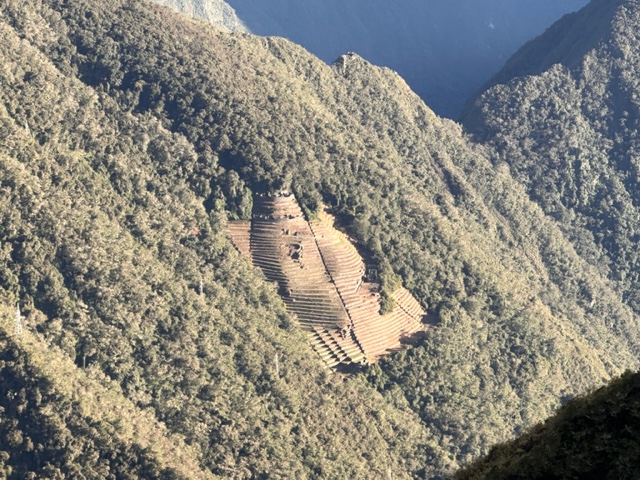The Inca Trail: A Path of Heritage Burdened by Trash. There are 60,000km of Inca trails across the ancient Incan empire. The classic Inca trail trek to the majestic Machu Picchu, has been a treasured route for trekkers from around the world. For 25 years, I have walked this trail, marveling at its breathtaking beauty and historical significance. However, in 2024, I encountered something deeply unsettling – an unprecedented amount of trash marring this sacred path. Check out our upcoming trips.
This article delves into the reasons behind this growing issue and outlines the necessary changes to preserve the Inca Trail’s pristine condition for future generations.
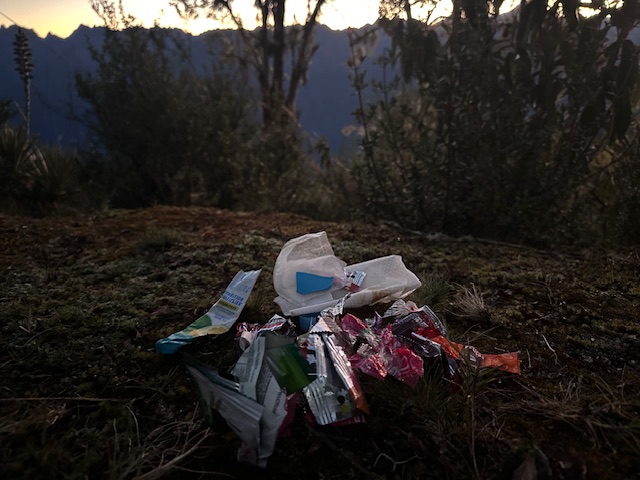
The Rise of Tourism
One of the primary reasons for the increasing litter on the Inca Trail is the surge in tourism. Over the past few decades, Machu Picchu has transformed from a hidden gem to a bucket-list destination for millions. Around 500 people per day including porters and guides trek this famous trail to Machu Picchu. Over 4,000 people arrive by train into the small town of Aguas Calientes daily and bus up to the city of Machu Picchu.
While this boom has significantly boosted the local economy, it has also brought a surge of trekkers, many of whom are not prepared to adhere to the strict environmental guidelines necessary for preserving the trail.
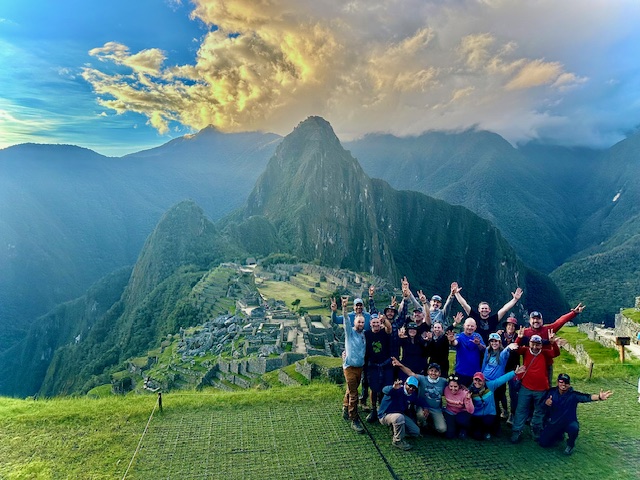
A Race to the Bottom
Most local operators are cutting corners running cheap trips that don’t educate their staff on waste management and not even offering the best of the Inca trail to their clients. Here are 5 reasons you need to pick the 5 day classic itinerary. While big operators cut corners offering less time on the trail, paying porters less, plastic chairs, packed lunches and cheap equipment.
You need to really understand how this trail is mismanaged and pick a team that has designed the best itinerary and service to truly experience the famous Inca trail. We pay our porters 25% more than other teams and are invested in the local community where most of our porters come from.

The Numbers Speak
Statistics show that the number of visitors to Machu Picchu has skyrocketed from around 400,000 annually in the early 2000’s to over 1.5 million in recent years. With more people walking the Inca Trail, the amount of waste generated has naturally increased. Unfortunately, not all visitors are conscientious about managing their waste, leading to more litter along the trail.
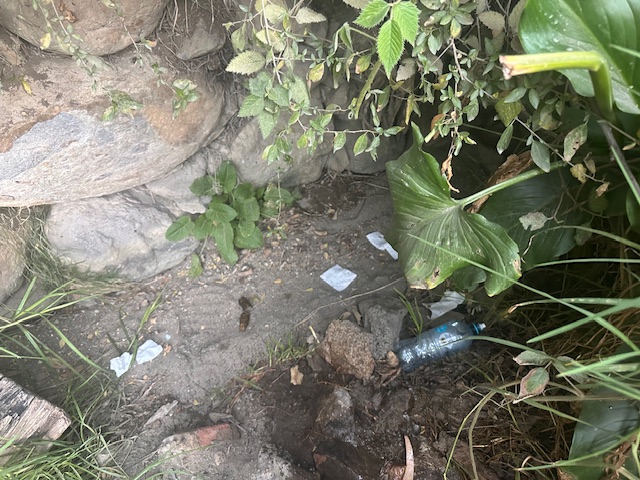
Inadequate Waste Management
The infrastructure to manage this waste has not kept pace with the growing number of visitors. While there are regulations in place for waste disposal, enforcement is often lax. The limited number of rangers and the vast expanse of the trail make it difficult to monitor and control littering effectively. Please carry out your plastic and even better bring it back to your home country to be recycled.
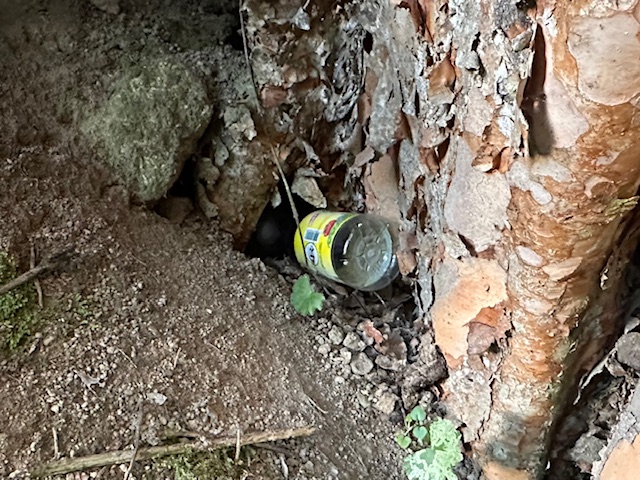
The Need for More Rangers
Increasing the number of rangers and volunteers dedicated to maintaining the trail can help address this issue. Rangers can not only enforce waste disposal regulations but also educate trekkers on the importance of keeping the trail clean. Their presence alone can act as a deterrent to littering. Interested in joining a clean the Inca trail expedition? Contact us.

Lack of Awareness and Education
Many trekkers are simply unaware of the impact their waste has on the environment. The Inca Trail passes through diverse ecosystems, each of which can be severely affected by the introduction of non-biodegradable materials. Plastic bottles, food wrappers, toilet paper and other forms of trash can harm wildlife and disrupt the natural balance.
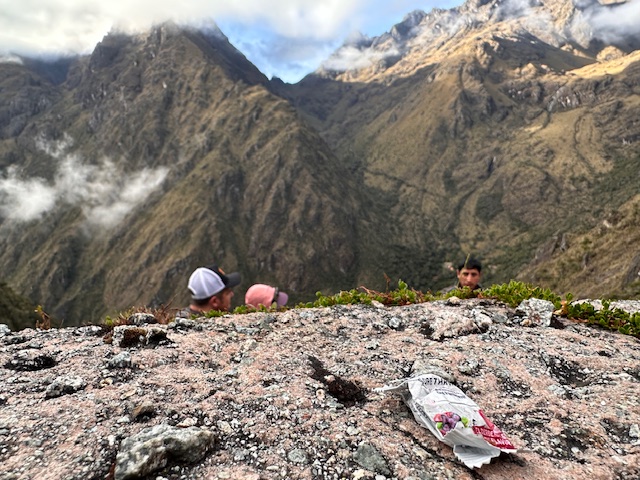
Educational Campaigns
Implementing comprehensive educational campaigns can significantly reduce littering. These campaigns should start before trekkers even set foot on the trail. Information on proper waste disposal and the environmental impact of littering should be included in all tour packages and prominently displayed at entry points to the trail. Tour guides can also play a pivotal role in educating their groups.
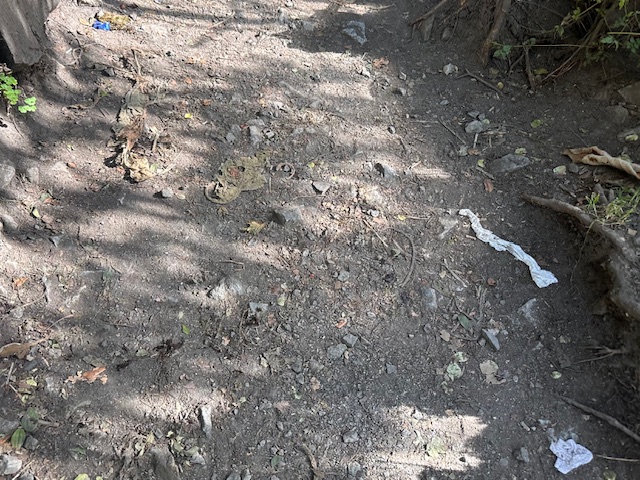
The Role of Tour Operators
Tour operators have a significant influence on the behavior of trekkers. Unfortunately, not all operators prioritize environmental sustainability. Most fail to provide adequate information on the trail, environment, training, ecosystem and may fail to provide adequate guidance on waste management or even contribute to the problem by not ensuring proper waste disposal during their tours.
I saw a lot of porters from other teams dropping sweet rappers on and ground and told them not to do it. Local operators need to do a better job at educating their porters. The Incas has a mighty respect for Pachamama, we need to do the same.
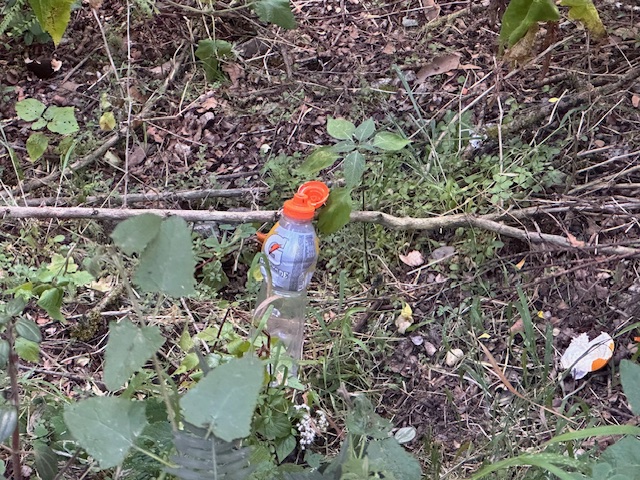
Sustainable Practices
Tour operators must adopt and promote sustainable practices. This includes providing reusable water bottles, ensuring proper waste collection and disposal, and educating trekkers about the importance of leaving no trace. Operators that demonstrate a commitment to sustainability can also attract environmentally conscious travelers, creating a positive feedback loop.

Government and Policy Interventions
Effective waste management on the Inca Trail requires robust government policies and their stringent enforcement. Millions are made weekly from this wonder of the world. More investment into the trail is needed for a sustainable future.
While the Peruvian government has taken steps to regulate the number of trekkers and implement waste management protocols, more needs to be done to address the escalating trash problem.

Stricter Regulations
The government should impose stricter regulations on waste management, including higher penalties for littering and mandatory waste audits for tour operators. Policies should also incentivize sustainable practices, such as offering tax breaks or other benefits to operators that demonstrate a strong commitment to environmental preservation.
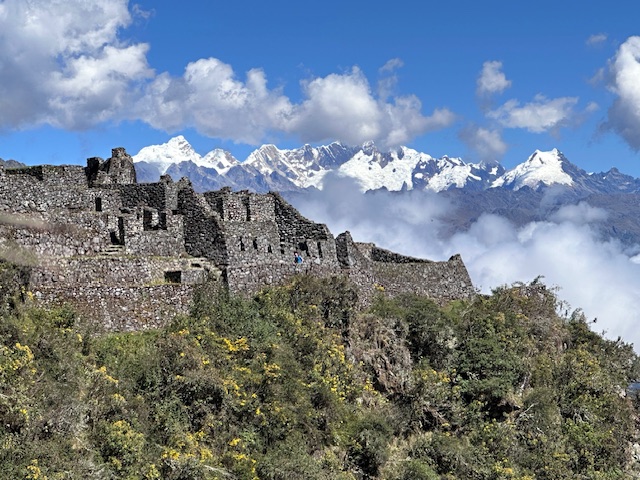
Community Involvement
The local communities along the Inca Trail have a vested interest in maintaining the trail’s cleanliness and beauty. Engaging these communities in waste management efforts can lead to more effective and sustainable solutions. Community members can participate in clean-up initiatives and act as stewards of the trail, ensuring that visitors respect the environment.
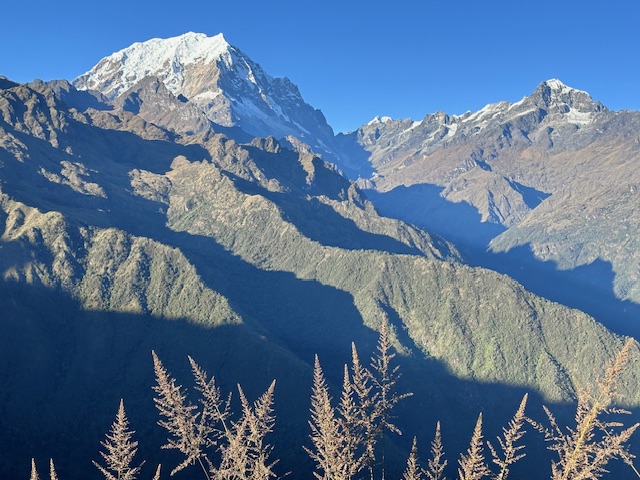
Collaborative Efforts
Creating a collaborative network involving local communities, government agencies, and tour operators can foster a collective responsibility for the trail’s upkeep. Regular community clean-up drives, educational workshops, and incentive programs can mobilize local residents to actively participate in maintaining the trail.
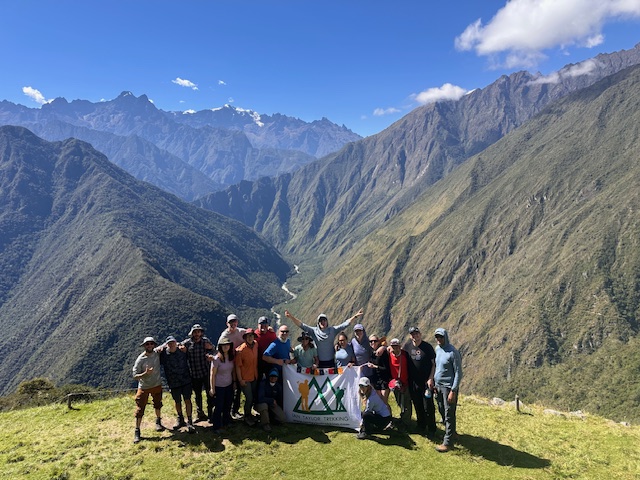
Technological Solutions
Modern technology offers innovative solutions to the waste problem on the Inca Trail. The trail needed solar-powered compactors, integrating technology can enhance waste management efforts.
Installing solar-powered compactors at key points along the trail can reduce the volume of waste and make disposal more efficient. These compactors can be strategically placed at rest areas and campsites, encouraging trekkers to use them.
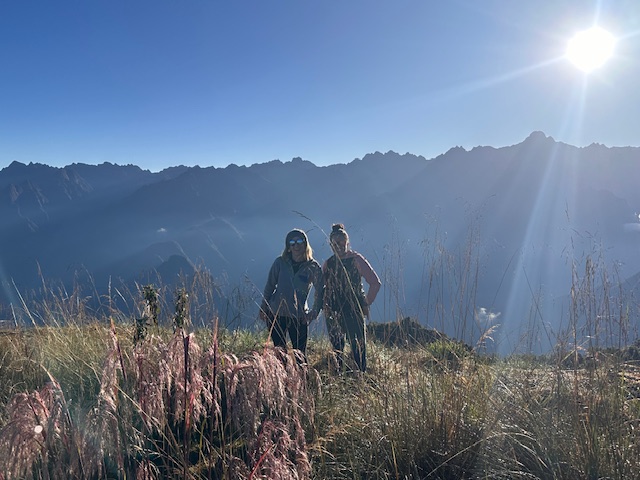
Personal Responsibility
Ultimately, the responsibility to keep the Inca Trail clean lies with each individual who walks it. Every trekker must adopt a leave-no-trace mindset, carrying out all waste and minimizing their environmental footprint.

Leading by Example
Experienced trekkers and influencers can lead by example, demonstrating proper waste management practices and advocating for a cleaner trail. Sharing personal experiences and tips on social media can raise awareness and inspire others to follow suit.
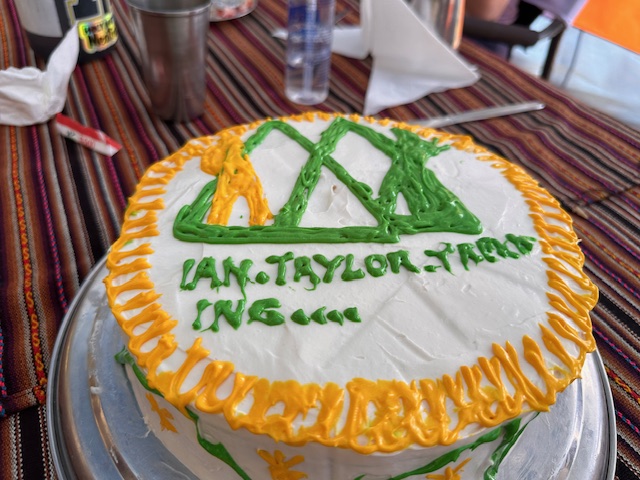
Work with us
The Inca Trail is more than just a pathway to Machu Picchu; it is a journey through history, culture, and nature. The growing issue of littering threatens to tarnish this iconic route, but it is not too late to reverse the damage.
By implementing stricter regulations, enhancing waste management infrastructure, educating trekkers, and fostering community involvement, we can preserve the trail’s pristine condition for future generations.
As stewards of the Inca Trail, we must all take responsibility for its preservation. Whether you are a trekker, tour operator, local resident, or government official, your actions can make a difference. Together, we can ensure that the Inca Trail remains a clean, beautiful, and inspiring journey for years to come.

Actionable Steps for Trekkers
1). Pack Reusable Items: Use reusable water bottles and food containers to minimize waste.
2). Carry Out All Trash: Always carry out what you carry in. Bring an extra bag for waste. Also bring compostable bags to pick up your toilet paper.
3). Educate Yourself: Learn about the environmental impact of littering and how you can help preserve the trail.
4). Join Clean-Up Efforts: Participate in or organize trail clean-up initiatives. We do this on all our treks.
Actionable Steps for Tour Operators
Adopt Sustainable Practices: Implement and promote eco-friendly practices in all tours.
Educate Clients: Provide comprehensive information on waste management and the importance of keeping the trail clean.
Collaborate with Communities: Work with local communities to enhance waste management efforts and support clean-up drives.
Monitor and Report: Regularly monitor waste disposal practices and report any issues to the relevant authorities..
Engage Local Communities: Involve local communities in waste management initiatives and decision-making processes.
Join the Inca Trail Experts
By taking these steps, we can protect the Inca Trail from the growing menace of trash and ensure that this historic pathway remains a source of wonder and inspiration for all who walk it. Let us pledge to leave no trace and honor the legacy of the Inca Trail. Follow us on Instagram.

